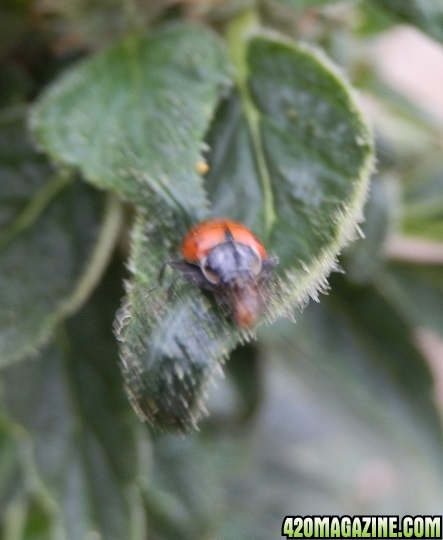trichomes
New Member
Any members seen one of these? Please help me ID this thing!
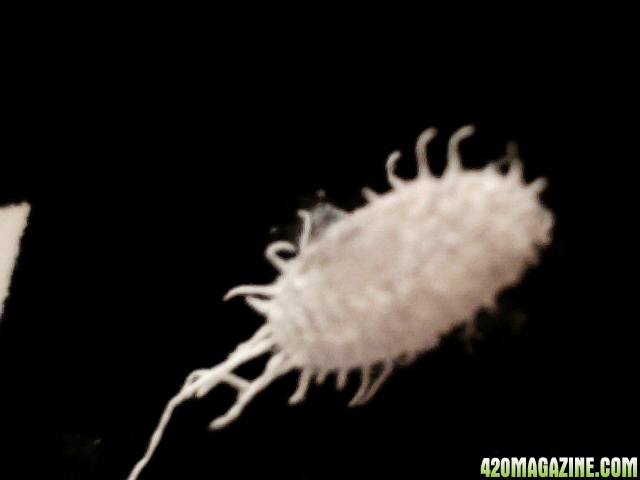

How To Use Progressive Web App aka PWA On 420 Magazine Forum
Note: This feature may not be available in some browsers.


its a mealy bug

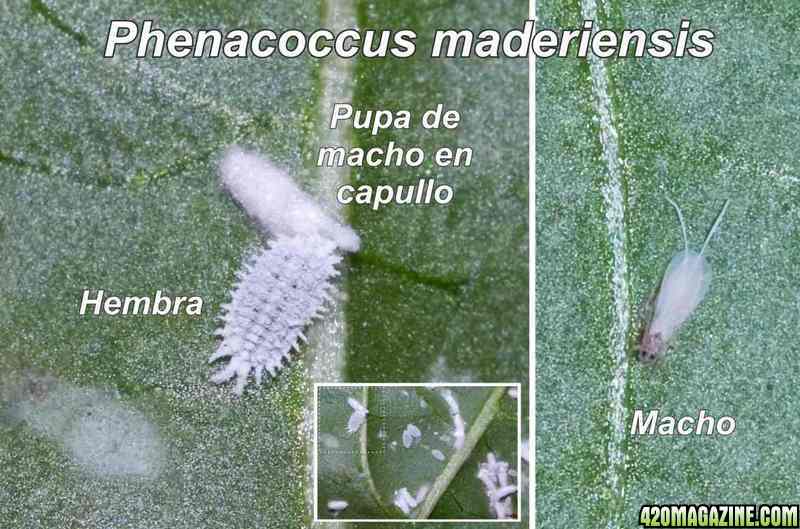
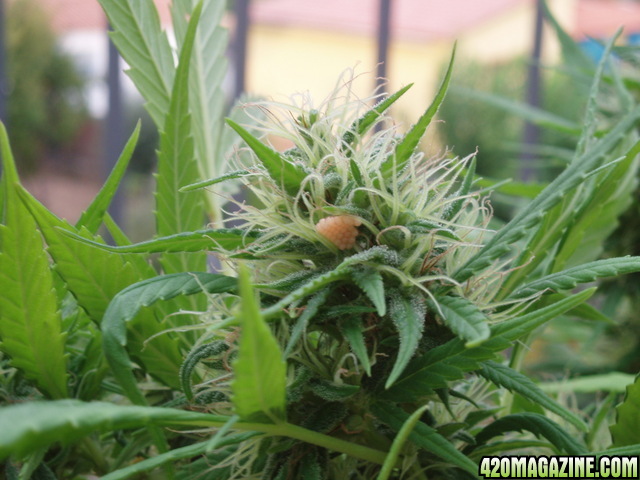
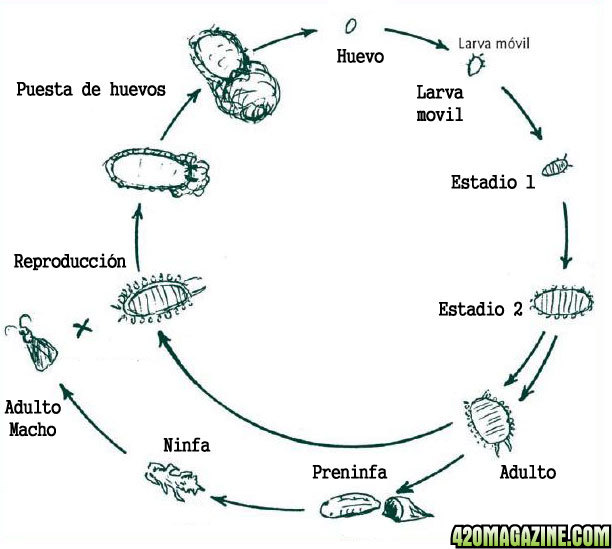
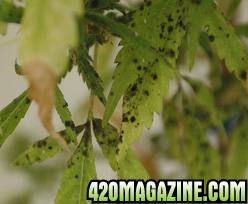


im not sure as ive never had them this was just something i quickly found on google, just hope it helps and that you caught it early enough
